Odds Ratios vs Risk Ratios Posted on by StatsBySlough From the previous post, we understand that Odds Ratios (OR) and Risk Ratios (RR) can sometimes, but not always be interpreted in the same way We even saw that scientific studies made the mistake of interpreting odds ratios as risk ratiosDefinition of risk ratio A risk ratio (RR), also called relative risk, compares the risk of a health event (disease, injury, risk factor, or death) among one group with the risk among another group It does so by dividing the risk (incidence proportion, attack rate) in group 1 by the risk (incidence proportion, attack rate) in group 2 The basic difference is that the odds ratio is a ratio of two odds (yep, it's that obvious) whereas the relative risk is a ratio of two probabilities (The relative risk is also called the risk ratio) Let's look at an example Relative Risk/Risk Ratio Suppose you have a school that wants to test out a new tutoring program
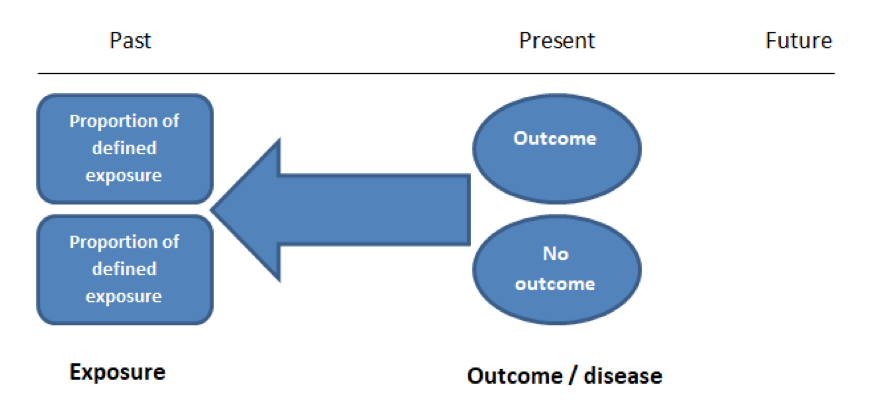
Case Control And Cohort Studies A Brief Overview Students 4 Best Evidence
Odds ratio vs relative risk usmle
Odds ratio vs relative risk usmle-The relative risk (also known as risk ratio RR) is the ratio of risk of an event in one group (eg, exposed group) versus the risk of the event in the other group (eg, nonexposed group) The odds ratio (OR) is the ratio of odds of an event in one group versus the odds of the event in the other groupFor both relative risk (RR) and odds ratio (OR), the "line of no difference" is 1 So an RR or OR of 1 means there is no difference between the two groups being compared with respect to what you are measuring This is because RR and OR are ratios and a value divided by itself is 1



Relative Risk
The odds ratio for lettuce was calculated to be 112 How would you interpret the odds ratio?Rather the odds is threefold greater Interpretation of an OR must be in terms of odds, notCompares groups with and without an exposure to assess associations with subsequent disease Relative risk (RR) is measure of disease association RR = incidence rate in exposed group/incidence rate in unexposed group = a/ (ab)/ c/ (cd) incidence rate in exposed group = # of exposed cases/ (# total exposed cases and noncases) = a/ (ab) incidence rate in
Notice that the adjusted relative risk and adjusted odds ratio, 144 and 152, are not equal to the unadjusted or crude relative risk and odds ratio, 178 and 193 The adjustment for age produces estimates of the relative risk and odds ratio that are much closer to the stratumspecific estimates (the adjusted estimates are weighted averages ofThe odds ratio gives the likelihood of the subject developing the adverse outcome as compared to the placebo The odds ratio approximates relative risk only when prevalence is low AB ≈ B Relative risk measures the effect of exposure on the chances of developing aAn odds ratio of 112 means the odds of having eaten lettuce were 11 times higher among casepatients than controls Because the odds ratio is greater than 10, lettuce might be a risk factor for illness after the luncheon The magnitude of the odds ratio
The relative risk (RR) and the odds ratio (OR) are the two most widely used measures of association in epidemiology The direct computation of relative risks is Risk ratios At a minimum, the only change that needs to be done to get risk ratios is to change the link function that relates the mean value of the response variable to the linear predictor For estimates of odds ratios, this is logit (ie the logarithm of the odds of the mean);When the RR is exactly 1, the risk is unchanged For example, a report may state 'The relative risk of blindness in people given drug T was 15' This shows that the drug increased the risk of blindness Another measure that is used is the odds ratio For practical purposes, assume that the odds ratio is the same as the relative risk




最新 Odds Ratio Vs Relative Risk Usmle ただの悪魔の画像




Case Control And Cohort Studies A Brief Overview Students 4 Best Evidence
USMLE Epidemiology and Biostatistics MetaAnalysis pools data from several studies (greater power), limited by quality/bias of individual studies Clinical Trial compares two groups in which one variable is manipulated and its effects measured Cohort (relative risk) compares group with risk factor to a group without – asks "what will happen?" (prospective)A crude odds ratio can be converted to a crude risk ratio risk ratio = odds ratio/(1 − p0) (p0 × odds ratio), in which p0 is the outcome prevalence (risk) among the unexposed Some have applied this formula to an adjusted odds ratio to obtain an adjusted risk ratio 49 This method can produce biased risk ratios and incorrect confidence When the outcome is not rare in the population, if the odds ratio is used to estimate the relative risk it will overstate the effect of the treatment on the outcome measure The odds ratio will be greater than the relative risk if the relative risk is greater than one and less than the relative risk otherwise




On Biostatistics And Clinical Trials Odds Ratio And Relative Risk
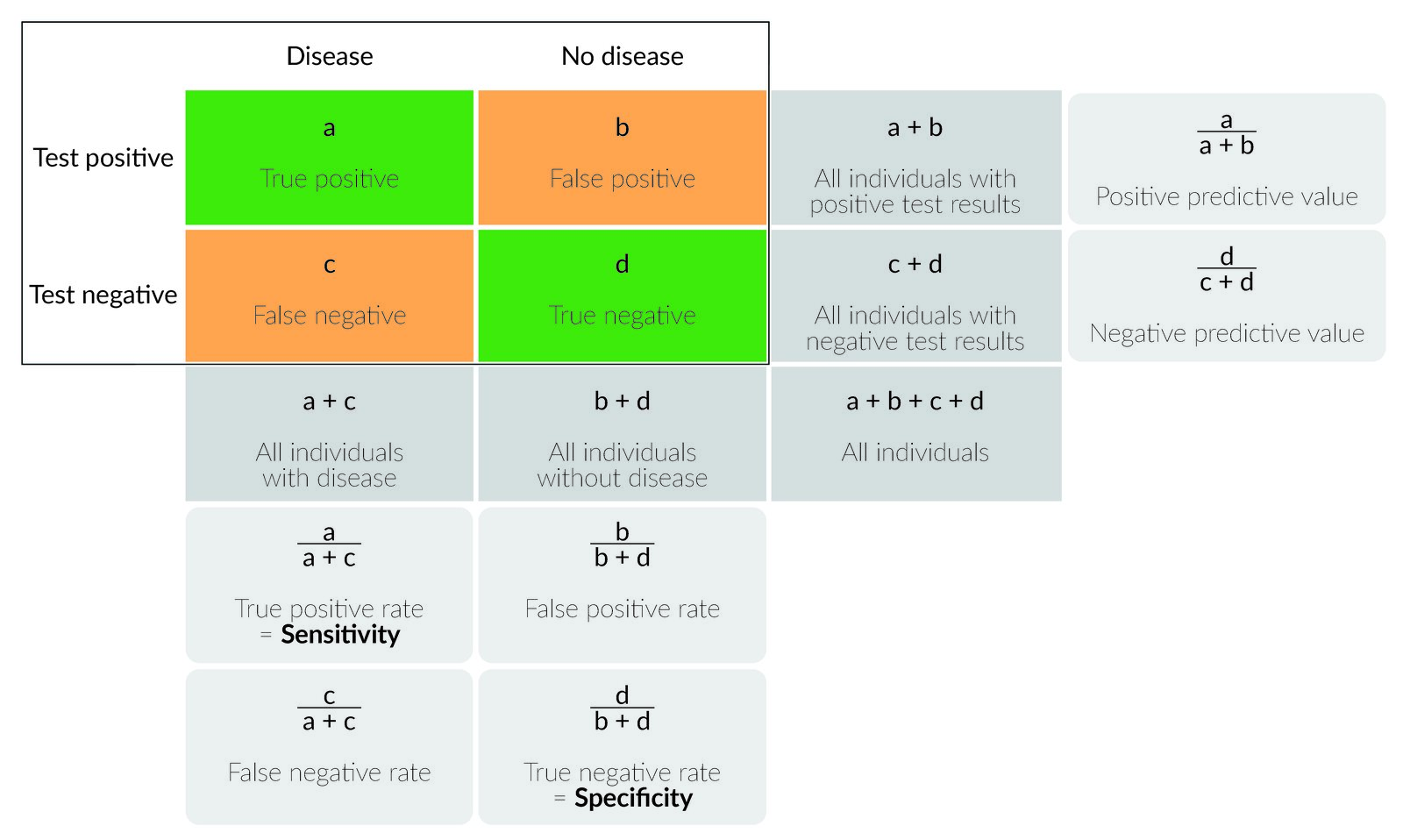



Epidemiology Knowledge Amboss
Odds of having disease in expose group / odds of having disease in unexposed group = ad/bc Relative Risk (RR) probability of getting disease in exposed group / probability of getting disease in unexposed group = a/ (ab) / c/ (cd) If RR = 1, there is no association between exposure and outcome Dosereponse Percent increase = (Risk Ratio lower bound – 1) x 100 Percent decrease = (1 – Risk Ratio upper bound) x 100 It's worth stating again when comparing two proportions close to 1 or 0, the risk ratio is usually a better summary than the raw difference Odds Ratios We now turn to odds ratios as yet another way to summarize a 2 x 2 tableBe a patron athttps//wwwpatreoncom/LYMED *Mistake @ 1305 I should say that if you exercise, your chances of getting a MI i




7 Stats Ideas Research Methods Statistics Math Nursing Research




Relative Risk And Absolute Risk Definition And Examples Statistics How To
Calculate by subtracting baseline risk in an unexposed population from the risk in an exposed population, then divide result by risk in exposed AR = risk in exposed risk in unexposed / risk in exposed AR = (RR1)/RRA nonmemorization method of dealing with RR and OR*USMLE is a registered trademark of its respective holder I am in no way affiliated with itDisclaimerOdds ratio = (odds of disease in exposed individuals)/(odds of disease in unexposed individuals) = (a/b)/(c/d) or ad/bc or (a/c) / (b/d) Interpretation OR = 1 The event is equally likely in exposed and unexposed individuals OR > 1 The event is more likely to occur in exposed individuals OR 1 The event is less likely to occur in exposed individuals



What Is The Difference Between The Risk Ratio Rr And The Odds Ratio Or Quora




Relative Risk Versus Odds Ratio Usmle Biostatistics 4 Youtube
Risk ratio or relative risk = Risk in group A / Risk in group BWant to support the channel?AR = excess risk in a population that can be explained by exposure to a particular risk factor;



Relative Risk
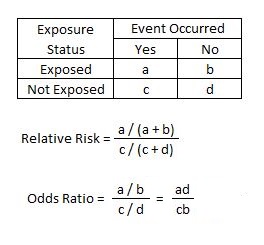



Relative Risk Article
For estimates of relative risk ratios, this becomes logarithm Subsequently, the term relative risk commonly refers to either the risk ratio or the odds ratio However, only under certain conditions does the odds ratio approximate the risk ratio Figure 1 shows that when the incidence of an outcome of interest in the study population is low (Abstract Odds ratios (OR) are commonly reported in the medical literature as the measure of association between exposure and outcome However, it is relative risk that people more intuitively understand as a measure of association Relative risk can be directly determined in a cohort study by calculating a risk ratio (RR)




Tutorial About Hazard Ratios Students 4 Best Evidence
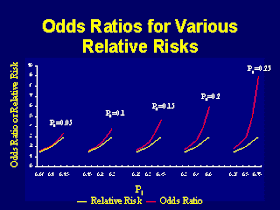



On Biostatistics And Clinical Trials Odds Ratio And Relative Risk
In this case that means 025 / 005 or a relative risk of 5 Put differently, When you go outside to fly a kite, your risk of getting hit by lightning is 5 times the risk of getting hit by lightning if you just stayed in and drank that hot chocolate!Sometimes, we see the log odds ratio instead of the odds ratio The log OR comparing women to men is log(144) = 036 The log OR comparing men to women is log(069) = 036 log OR > 0 increased risk log OR = 0 no difference in risk log OR < 0 decreased risk Odds Ratio 0 5 10 15 More on the Odds Ratio Log Odds Ratio4 2 0 2 4 Consider this value to be more of a percentage of the total exposed We then divide this value (A/AC) by the number of nonexposed who developed cancer over the total number of nonexposed (B/BD) Therefore Relative Risk = the ratio (A/AC)/ (B/BD) To understand Odds Ratio now, lets go through another but similar example
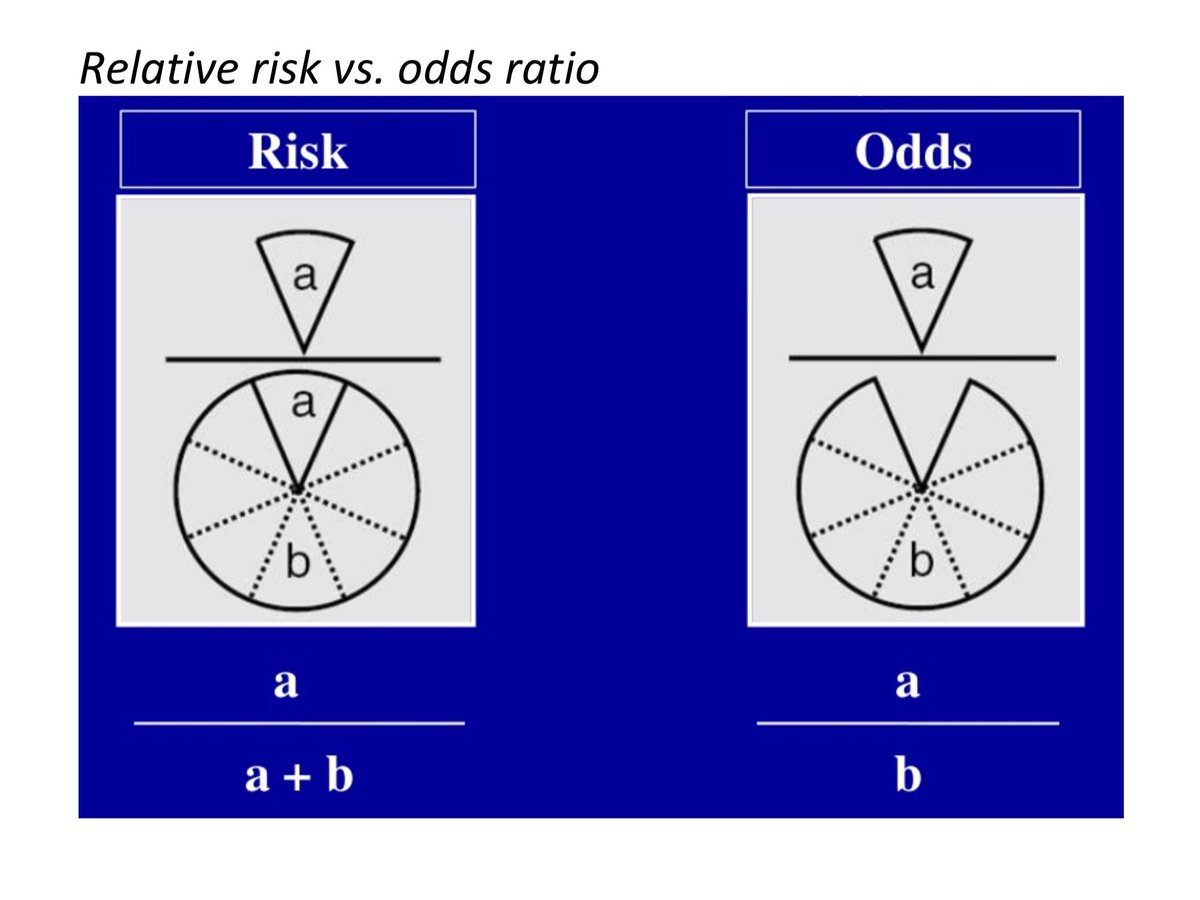



Bryan Carmody For M2s Preparing For Usmle Step 1 Epidemiology Questions Are Free Points You Don T Have To Make 2x2 Tables Or Memorize Formulae From First Aid To Calculate Or




Relative Risk Attributable Risk Population Attributable Risk Calculation Cohor Lagu Mp3 Mp3 Dragon
The difference between odds and probability is important because Relative Risk is calculated with probability and Odds Ratio is calculated with odds Relative Risk (RR) is a ratio of probabilities or put another way it is one probability divided by another Odds Ratio (OR) is a ratio or proportion of odds I just remember that odds ratio is a ratio of odds and probability isn't a ratio of odds (AKA it is the other option) Relative Risk = Probability / Probability Odds Ratio = Odds / OddsRelative risk and odds ratio can be very different in magnitude, especially when the disease is somewhat common in either one of the comparison groups In cases where we cannot calculate the relative risk, sometimes we get stuck with an odds ratio that is a bad approximation the relative risk The odds ratio can be confused with relative risk As stated above, the odds ratio is a ratio of 2 odds As odds of an event are always positive, the odds ratio is always positive and ranges from zero to very large The relative risk is a ratio of probabilities of the event occurring in all exposed individuals versus the event occurring in all



Beaumont Cloud Cme Com Launchscorm Aspx Caseid 112 Userid 0 Video True
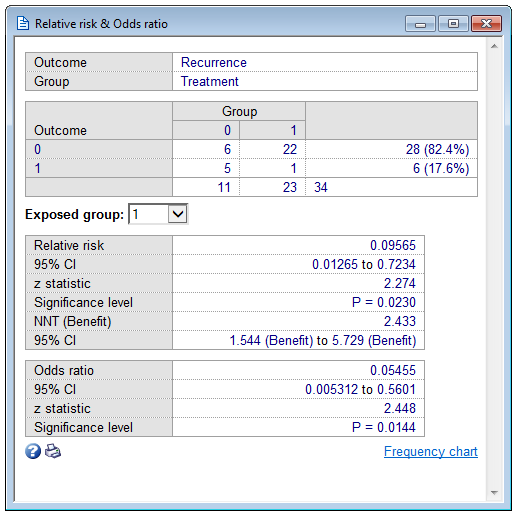



Relative Risk Odds Ratio
Odds Ratio, Hazard Ratio and Relative Risk Janez Stare1 Delphine MaucortBoulch2 Abstract Odds ratio (OR) is a statistic commonly encountered in professional or scientific medical literature Most readers perceive it as relative risk (RR), although most of them do not know why that would be true But since such perception is mostly The difference between odds ratio and risk ratio • ericminikel The other day I was emailing with a statistical genetics colleague about a rare SNP associated with a phenotype I stated that the minor allele frequency (MAF) was 07% in cases and 01% in controls, for a risk ratio of 7 After clicking send, I felt a twinge of regretRelative Risk and Odds Ratio for the obese 3) Overall, you can see that decreasing the baseline incidence will decrease the odds ratio (300 in those who are nonobese versus 129 in those who are obese) Obviously, these results run counter to expected results, putting the onus on the researcher to justify them Similarly, you should find that increasing the incidence will increase




最新 Odds Ratio Vs Relative Risk Usmle ただの悪魔の画像




Module 4 Relative Risk Odds Ratio Flashcards Quizlet
Pute either the odds ratio or the relative risk to answer this question The odds ratio compares the relative odds of death in each group For women, the odds were exactly 2 to 1 against dying (154/308 05) For men, the odds were almost 5 to 1 in favor of death (709/142 4993) The odds ratio is 9986 (4993/05) There is a 10fold greaterOdds ratios (OR) are commonly reported in the Risk Ratio vs Odds Ratio Whereas RR can be interpreted in a straightforward way, OR can not A RR of 3 means the risk of an outcome is increased threefold A RR of 05 means the risk is cut in half But an OR of 3 doesn't mean the risk is threefold; Unless I'm mistaken, the equation explained above does not properly describe Odds Ratio, it describes Relative Risk Odds Ratio is the odds that the diseased group was exposed, divided by odds that the nondiseased group was exposed (a/c)/(b/d) in the classic table Relative Risk is the risk of developing disease in the exposed/intervention




Odds Ratios And Risk Ratios Youtube




The Difference Between Relative Risk And Odds Ratios The Analysis Factor
Risk Ratio For the study examining wound infections after incidental appendectomy, the risk of wound infection in each exposure group is estimated from the cumulative incidence The relative risk (or risk ratio) is an intuitive way to compare the risks for the two groupsProper denominator representing the exposure Relative Risk is quite similar to Odds Ratio, although RR is calculated by the use of percentages, whereas Odds Ratio is calculated by using the ratio of odds Odds ratio vs risk ratio You know the difference between risk and odds A risk is the proportion of subjects with an event in a total group of susceptible subjects Thus, we can calculate the risk of having a heart attack among smokers (infarcted smokers divided by the total number of smokers) and among nonsmokers (the same, but with non




Measures Of Effect Relative Risks Odds Ratios Risk Difference And Number Needed To Treat Kidney International
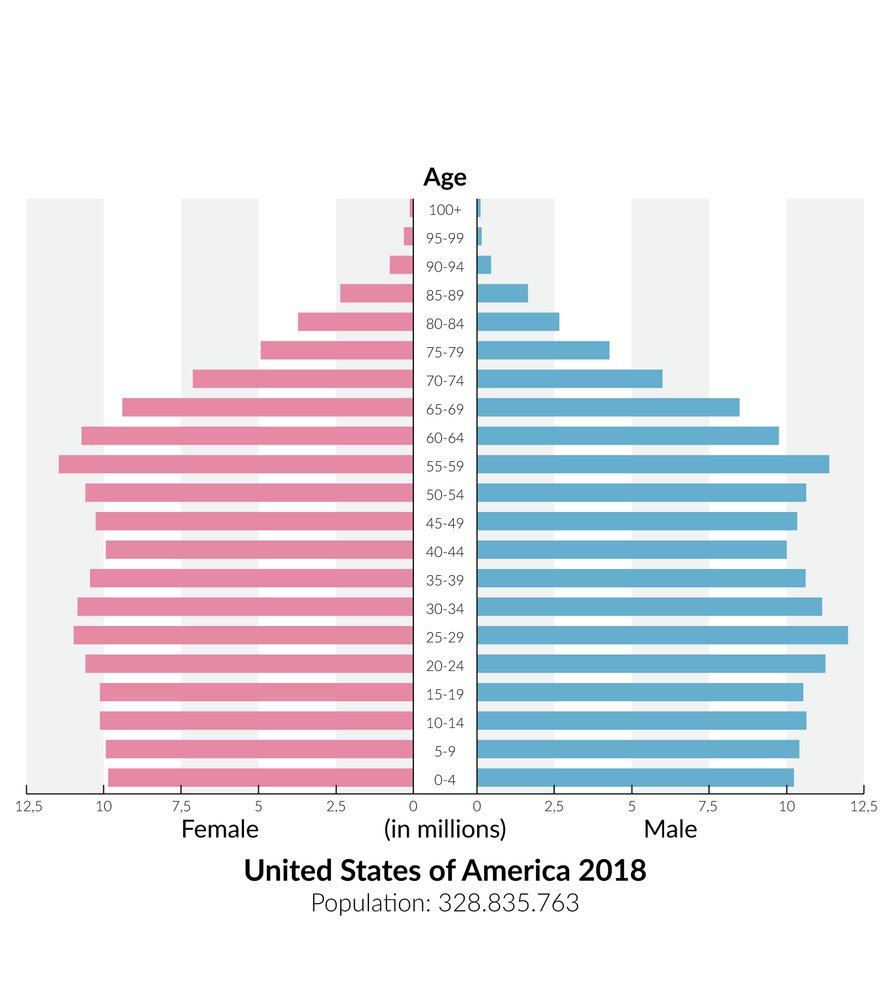



Epidemiology Knowledge Amboss
Relative risk has two important features, ie Comparison between two exposures, and; Summary points If the odds ratio is interpreted as a relative risk it will always overstate any effect size the odds ratio is smaller than the relative risk for odds ratios of less than one, and bigger than the relative risk for odds ratios of greater than oneAs explained in the "Motivating Example" section, the relative risk is usually better than the odds ratio for understanding the relation between risk and some variable such as radiation or a new drug That section also explains that if the rare disease assumption holds, the odds ratio is a good approximation to relative risk and that it has some advantages over relative risk



Epidemiology Stepwards




Usmle Step 2 Biostatistics Epidemiology Flashcards Quizlet
The odds ratio supports clinical decisions by providing information on the odds of a particular outcome relative to the odds of another outcome In the endocarditis example, the risk (or odds) of dying if treated with the new drug is relative to the risk (odds) of dying if treated with the standard treatment antibiotic protocolMeasures of association can be presented and framed in different ways for diverse purposes 2x2 tables can be helpful in calculating these measures note these tables are slightly different from 2x2 tables used to calculate diagnostic testing parameters Relative Risk, Odds Ratio, Attributable Risk, and Absolute Risk Reduction Risk ratios, odds ratios, and hazard ratios are three ubiquitous statistical measures in clinical research, yet are often misused or misunderstood in their interpretation of a study's results 1 A 01 paper looking at the use of odds ratios in obstetrics and gynecology research reported 26% of studies (N = 151) misinterpreted odds ratios as risk ratios 2, while a




Definition And Calculation Of Odds Ratio Relative Risk Stomp On Step1




Odds Ratio Osmosis
USMLE Step 1 Behavioral Sciences Epidemiology/Biostat FA 12 STUDY PLAY Casecontrol study, observational and retrospective if the 95% CI for odds ratio or relative risk includes 1, H0 is not rejected if CI between 2 groups overlap, then these groups are not significantly different




最新 Odds Ratio Vs Relative Risk Usmle ただの悪魔の画像




Number Needed To Treat Absolute Risk Reduction Stomp On Step1
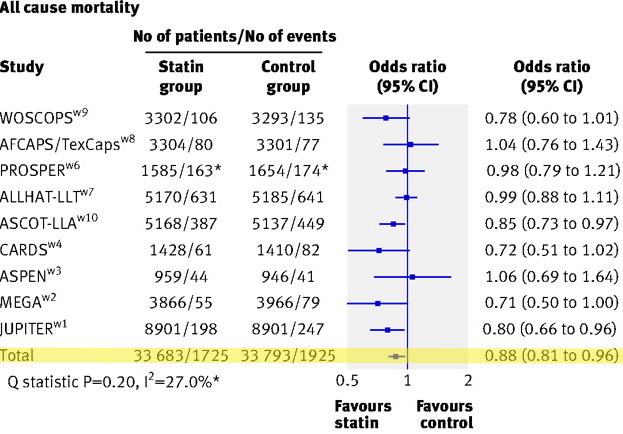



Risk Difference Relative Risk Reduction Stats By Slough




Epidemiology Knowledge Amboss




Understanding Systematic Reviews And Meta Analysis Archives Of Disease In Childhood




Odds Ratio Osmosis




Attributable Risk And Odds Ratio Online Medical Library




Cph Exam Review Epidemiology Ppt Download




Odds Ratio Article



最新 Odds Ratio Vs Relative Risk Usmle ただの悪魔の画像
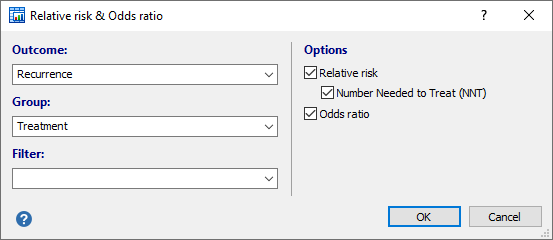



Relative Risk Odds Ratio




Relative Risk And Odds Ratio Usmle The Journey




Definition And Calculation Of Odds Ratio Relative Risk Stomp On Step1



1




Evaluating Diagnostic Tests Stats Medbullets Step 2 3




Measures Of Effect Relative Risks Odds Ratios Risk Difference And Number Needed To Treat Kidney International




Relative Risk And Odds Ratio Usmle The Journey
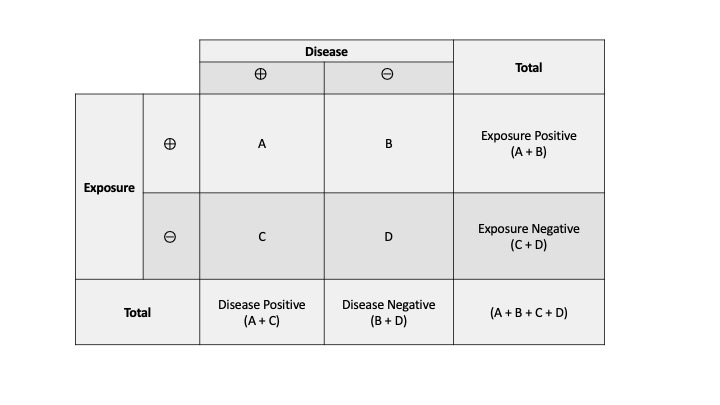



Measures Of Association Stats Medbullets Step 1



Relative Risk Ratios And Odds Ratios




Epidemiology Knowledge Amboss




Evaluating Diagnostic Tests Stats Medbullets Step 2 3
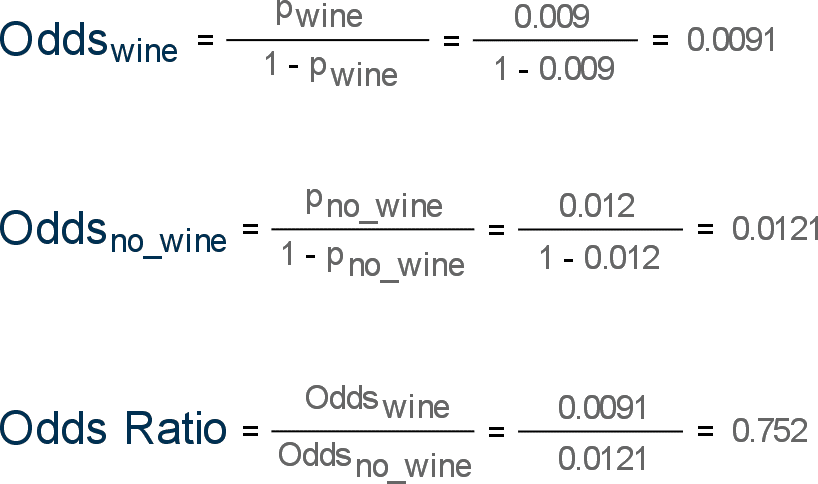



Risk Difference Relative Risk And Odds Ratio Quantifying Health
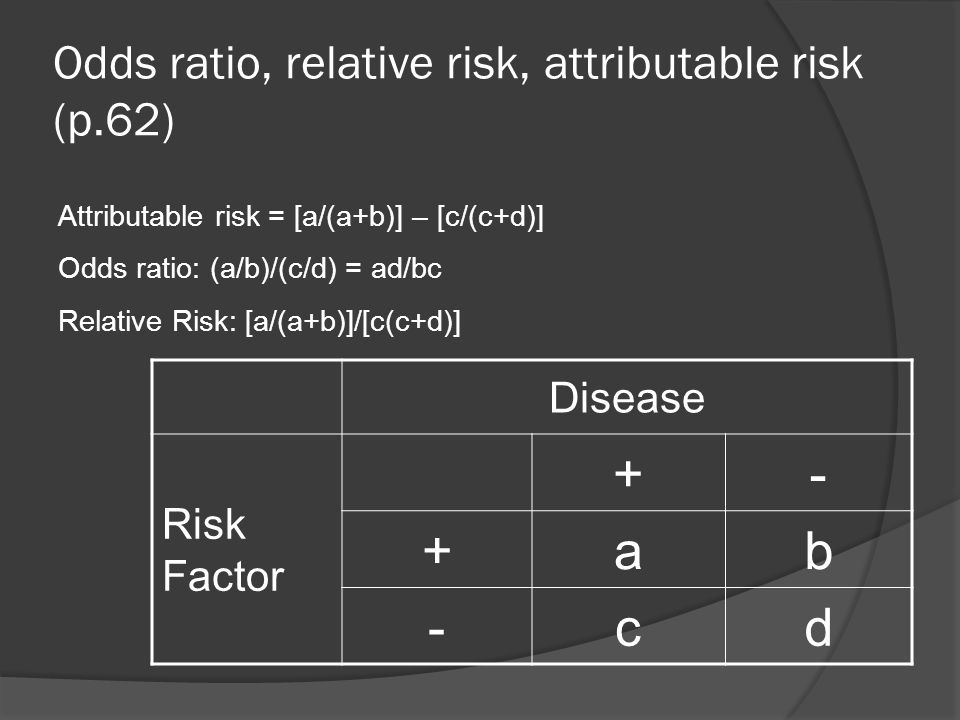



最新 Odds Ratio Vs Relative Risk Usmle ただの悪魔の画像



1




Odds Ratio Osmosis




How To Be Awesome At Biostatistics And Literature Evaluation Part Ii Tl Dr Pharmacy




Using Odds Ratio In Case Control Studies Youtube




Usmle Epidemiology Biostats Pdf Accuracy And Precision Mode Statistics




33 Epidemiology Ideas Cohort Study Case Control Study Study Design



Relative Risk



Number Needed To Treat Absolute Risk Reduction Stomp On Step1




Relative Risk Http Www Slideshare Net Terryshaneyfelt7 What Does An Odds Ratio Or Relative Risk Mean Study Skills Statistics Math Research Methods




Converting An Odds Ratio To A Range Of Plausible Relative Risks For Better Communication Of Research Findings The Bmj
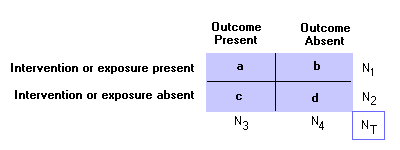



Epidemiology Glossary Physical Diagnosis Skills University Of Washington School Of Medicine




Relative Risk Odds Ratios Youtube



Definition And Calculation Of Odds Ratio Relative Risk Stomp On Step1
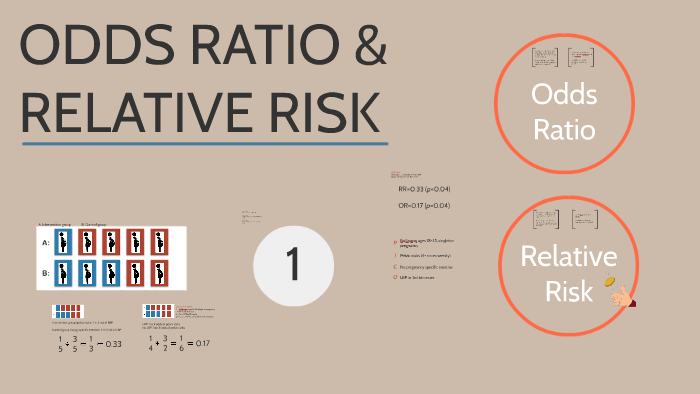



Odds Ratio Relative Risk By Susi Delaney




最新 Odds Ratio Vs Relative Risk Usmle ただの悪魔の画像
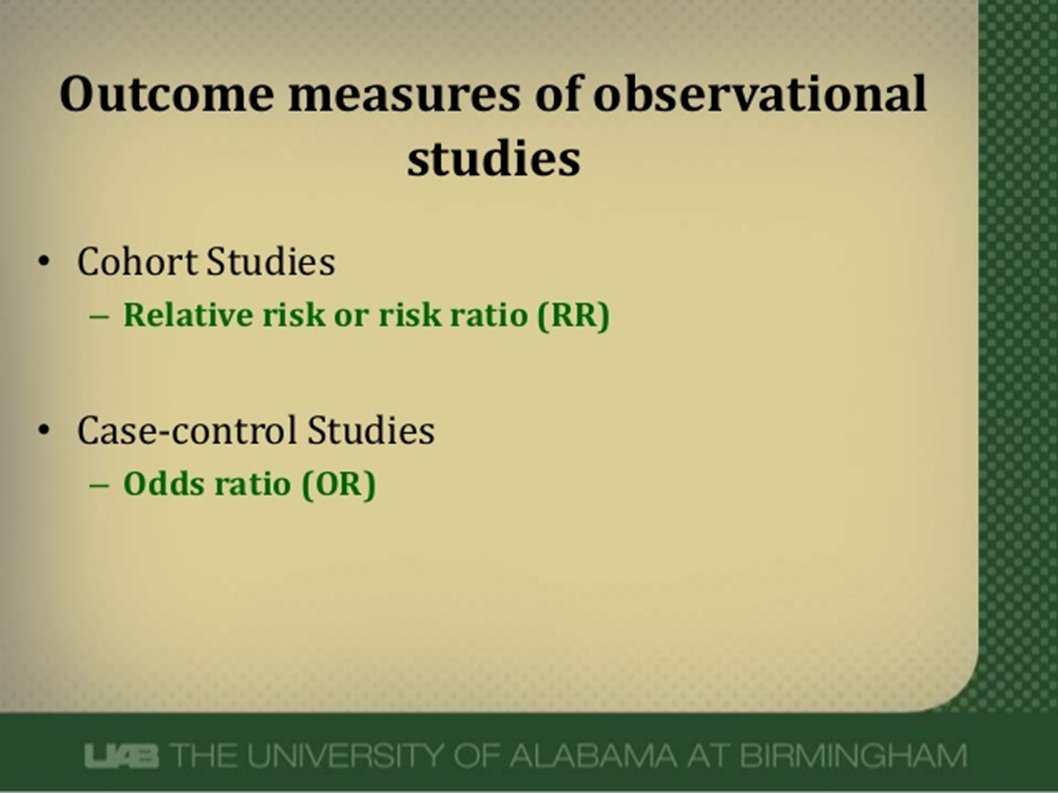



Abdullah Kharbosh What Does An Odds Ratio Or Relative Risk Mean By Ebmteacher Casecontrol Cohort T Co Shfiaepl57 عبر Slideshare
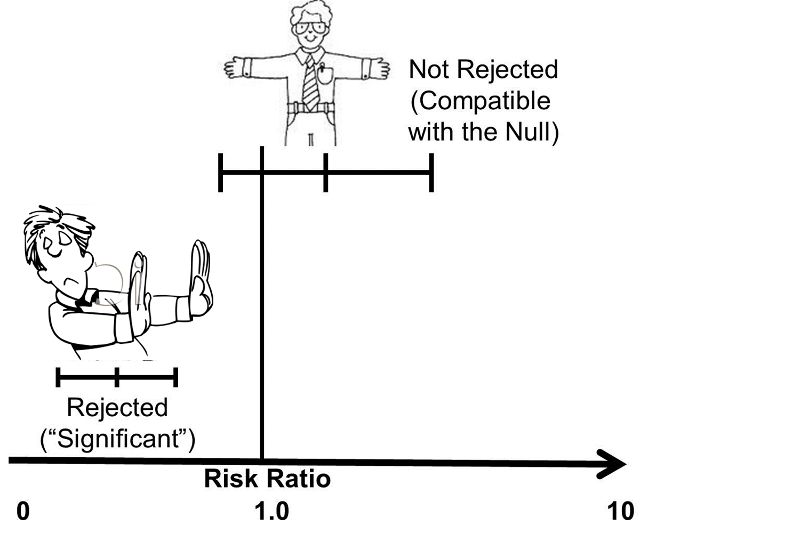



Confidence Intervals And P Values




Odds Ratio Relative Risk Risk Difference Statistics Tutorial 30 Marinstatslectures Youtube




最新 Odds Ratio Vs Relative Risk Usmle ただの悪魔の画像




Odds Ratio Osmosis




Cph Exam Review Epidemiology Ppt Download
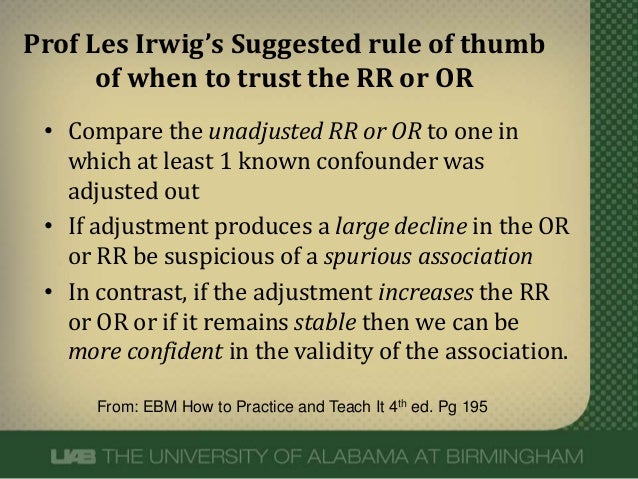



What Does An Odds Ratio Or Relative Risk Mean



Epidemiology Stepwards




Usmle Epidemiology And Biostatistics Summary Meta Analysis Grepmed



最新 Odds Ratio Vs Relative Risk Usmle ただの悪魔の画像




Relative Risk And Odds Ratio



最新 Odds Ratio Vs Relative Risk Usmle ただの悪魔の画像
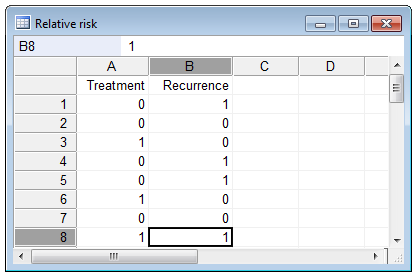



Relative Risk Odds Ratio




Ppt Odds Ratio Vs Relative Risk Powerpoint Presentation Free Download Id



Epidemiology Stepwards
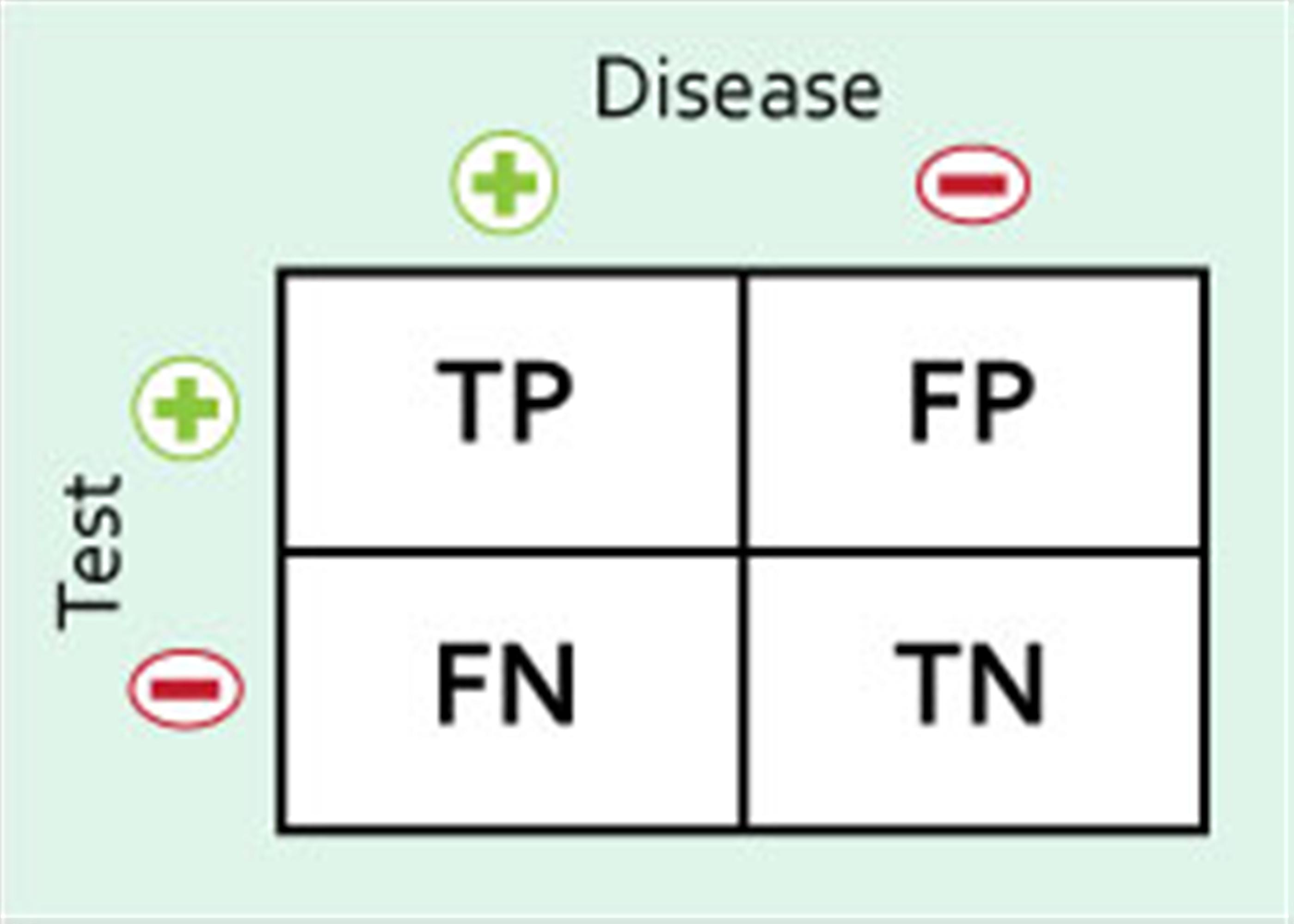



Statistic Definitions Basic Science Orthobullets




Tutorial About Hazard Ratios Students 4 Best Evidence




Attributable Risk And Odds Ratio Online Medical Library




Odds Ratio Relative Risk Calculation Definition Probability Odds Youtube




A Beginner S Guide To Interpreting Odds Ratios Confidence Intervals And P Values Students 4 Best Evidence



How To Interpret And Use A Relative Risk And An Odds Ratio Youtube




Usmle Step 2 Biostatistics Epidemiology Flashcards Quizlet




First Aid Epidemiology Biostatistics Flashcards Quizlet



Epidemiology Stepwards
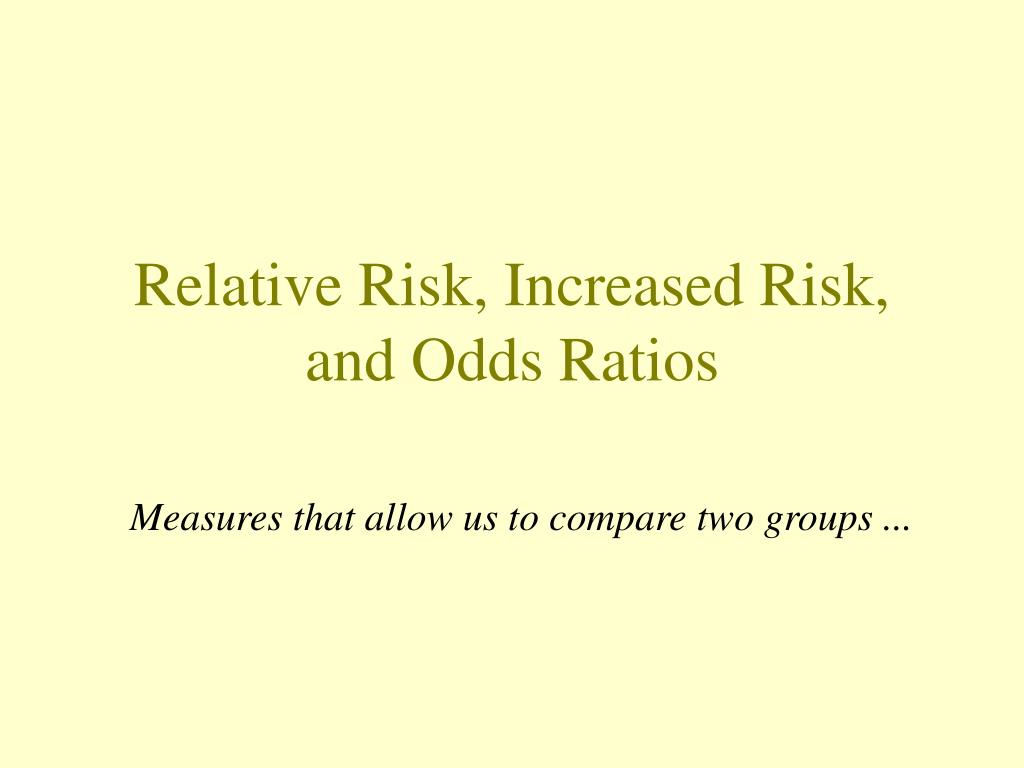



Ppt Relative Risk Increased Risk And Odds Ratios Powerpoint Presentation Id
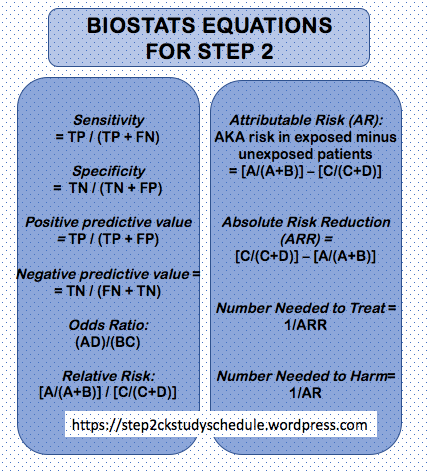



Biostatistics For Step 2 Step 2 Study Guide




Relative And Absolute Risk Osmosis




Usmle Biostats 4 2x2 Table Odds Ratio Relative Risk Nnt Nnh And More Youtube




Confounding And Effect Measure Modification




Biostatistics Chapter 8 Epidemiology And Population Health Flashcards Quizlet




Statistics For Medical Students Geeky Medics




Pdf When To Use The Odds Ratio Or The Relative Risk Semantic Scholar




Odds Ratio Osmosis




My Notes For Usmle




Estimating Risk




2x2 Table Formulas Public Health Libguides At Alabama College Of Osteopathic Medicine




Uworld Biostats Flashcards Quizlet
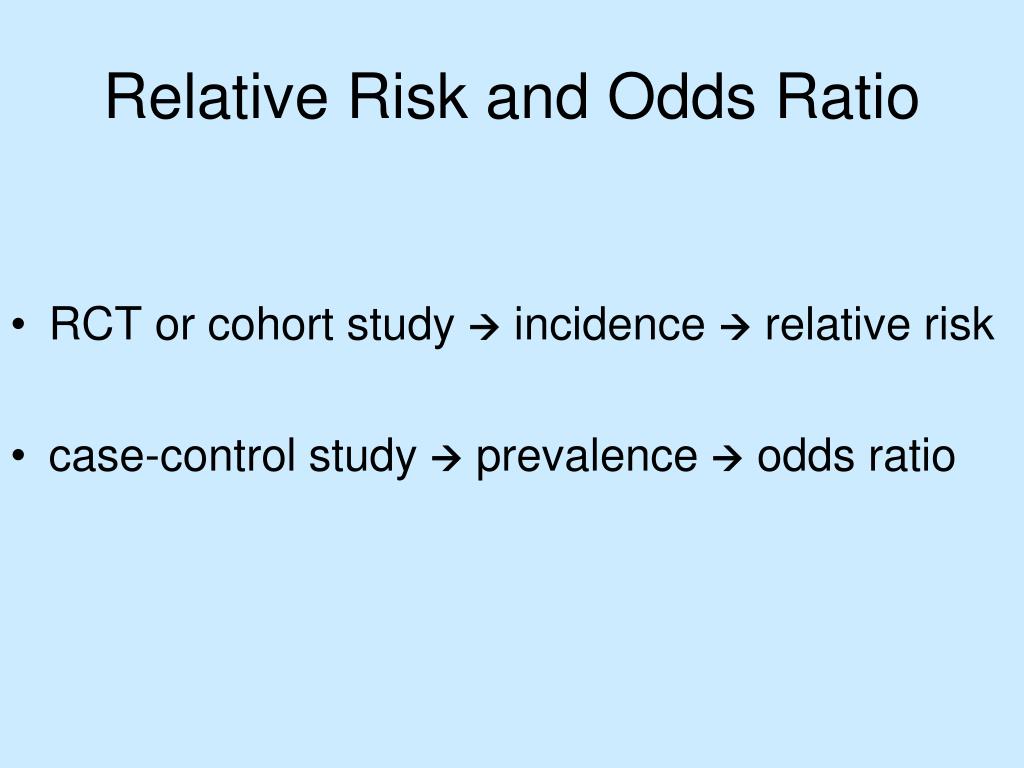



Ppt Preparation For Usmle Step 1 Powerpoint Presentation Free Download Id




Relative Risk Reduction Wikipedia




Relative Risks And Odds Ratios What S The Difference Mdedge Family Medicine


